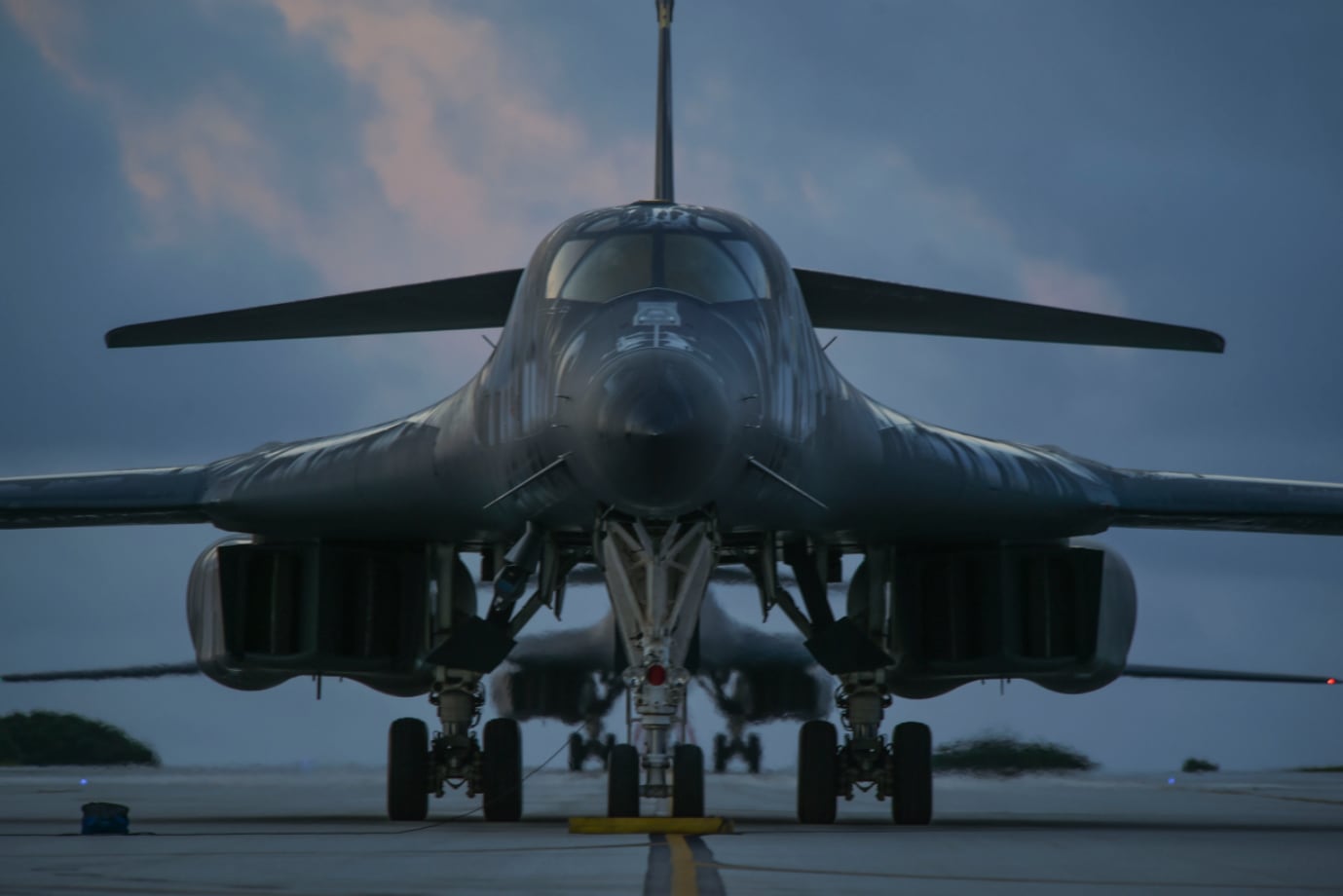U.S. Indo-Pacific Command forces teamed up with units from the Japan Self-Defense Force and launched exercise Keen Sword 21 Monday — bringing together approximately 9,000 service members from the U.S. Navy, Air Force, Army and Marine Corps.
The exercise, conducted in Japan, Okinawa prefecture, and surrounding waters, includes ships from the Reagan Carrier Strike Group, more than 100 aircraft and ground forces, and comprises maritime, ground and air events.
Additionally, the exercise will require U.S. and Japanese forces to train as part of a “comprehensive scenario” to employ capabilities needed to defend Japan or respond to a crisis in INDOPACOM’s area of operations.

“As we develop new and better ways to operate and integrate, exercises like this clearly demonstrate the growing strength of the U.S.-Japan Alliance,” Air Force Lt. Gen. Kevin Schneider, commander of U.S. Forces Japan, said in a news release. “In spite of the immense global impact from COVID, the U.S.-Japan Alliance did not falter and we have remained ready to fight and win.”
The exercise is slated to wrap up Nov. 5.
Separately, the amphibious assault ship America conducted operations last week with F-35A Lightning II aircraft from the Japan Air Defense Command in the Pacific Ocean. The Navy said the air defense operations focused on tactical proficiency, lethality and interoperability between the America Expeditionary Strike Group and the Japan Air Self-Defense Force.
“These are the most advanced capabilities to ever sail or fly,” Navy Capt. Luke Frost, America’s commanding officer, said in a news release. “America is a fifth-generation amphibious assault platform, built from the keel up to optimize the most advanced capability of the fifth-generation F-35 platform.”
“We have no more capable partner in the world than the Japan Self-Defense Force,” Frost said. “Every opportunity we have to continue to train and exercise together improves our interoperability and strengthens our joint integrated capabilities.”
In July, the U.S. authorized Japan to purchase 105 F-35 aircraft as part of a roughly $23 billion sale — paving the way for Japan to obtain a total of 147 F-35s.




